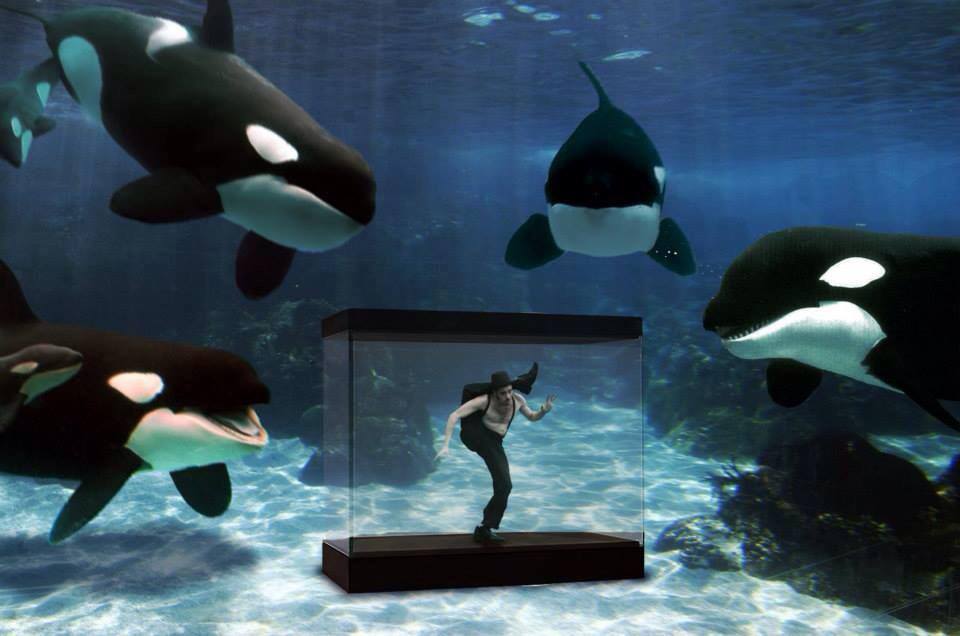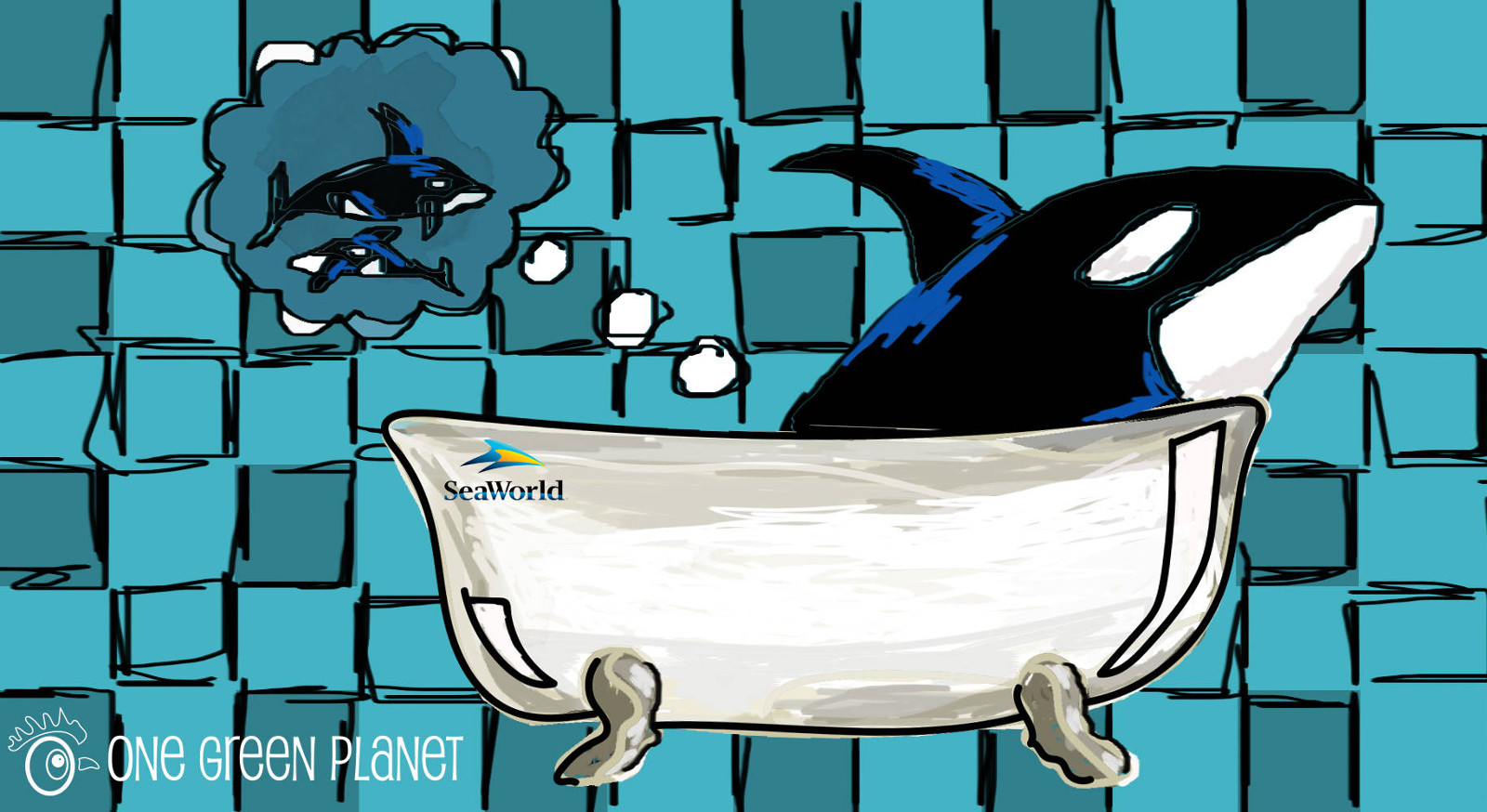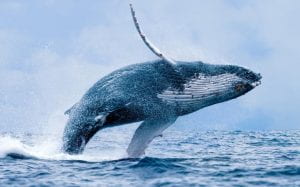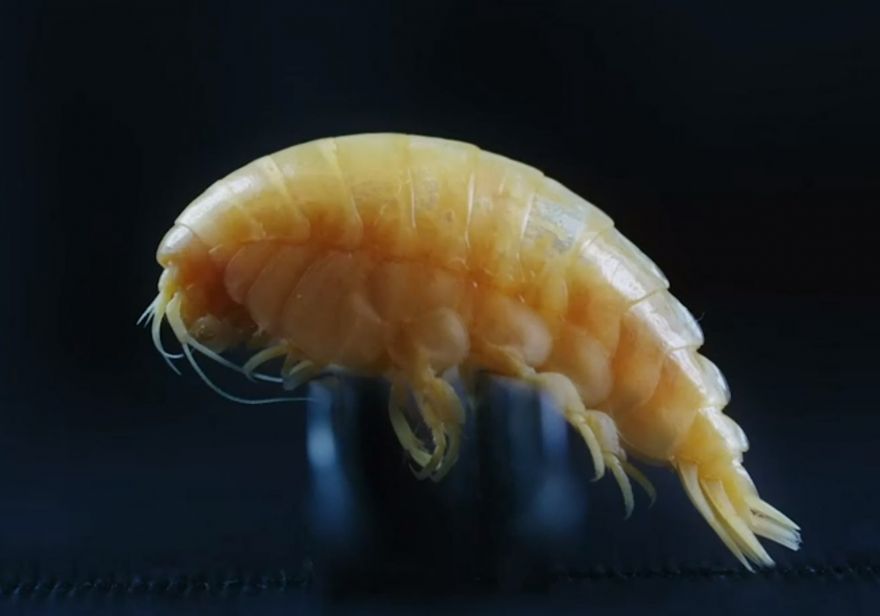A very special holiday is coming up VERY soon and we’re so excited to spend it with our #OceanOlympians. Not only will it be Earth Day, but it will be its 50th anniversary… meaning we have to go big or go home.

Earth Day History
As we prepare to mark 50 years of Earth Day in 2020, let’s take a look at what it is and its history.
Earth Day is observed around the world on April 22. The first Earth Day was celebrated April 22, 1970, and is considered the “birth of the modern environmental movement.”
Before 1970, the health of the environment was not a typical concern, despite several different industries pumping chemicals and smoke into the air.
After the 1969 oil spill in Santa Barbara, Calif., Gaylord Nelson, a U.S. senator for Wisconsin, organized a nationwide demonstration against the pollution and the deterioration of the environment with the help of Denis Hayes, an environmental advocate who coordinated the protest.
The protest took place on April 22, 1970. Approximately twenty million Americans joined the demonstration in support of a healthier and more sustainable treatment of the environment. This approach placed pressure on politicians to act on environmental legislation, which resulted in Earth Day, a national commemoration for this demonstration.
Earth Day Plans
Given the fact we’re currently in the middle of a pandemic, Earth Day activities have been modified. Here are ways to show your love for the Earth:
Indulge in nature webinar series/podcasts/videos
The Rutgers Cooperative Extension is offering an “Earth Day at Home” webinar series. The webinars will air Mondays from April 20 (TODAY) to June 29, and focus on steps to protect the environment, including how to make homes sustainable, environmentally friendly lawn care, and composting to reduce plastic waste.
Wildlands Conservancy has produced a series of wildlife-focused educational pieces on red-tailed hawks, wood turtles and other animals. They also offer a bingo game that grows nature awareness.
In addition to those fun activities, South Jersey Watersavers is holding a virtual rain garden workshop at 6 p.m. on Wednesday for you to learn more about rain gardens and how you can build one at home.
Make Art
Get creative and make some fun Earth inspired art. One of our personal favorites is creating your own Earth. This activity has different variations, the most popular is using shaving cream and food coloring.
For this project, you will need:
- Shaving cream
- Paper plates
- Green and blue liquid gel food coloring
- Baking sheet
- Craft sticks
- Paper Towels
How to make your very own Earth:
- Fill up two cereal sized bowls with shaving cream. Lightly mix blue food coloring in one and green in the other.
- Mix together the colored shaving cream.
- Press a paper plate into the shaving cream and make sure the front is completely coated.
- Use a craft stick to scrape off the shaving cream and wipe off the excess shaving cream with a paper towel.
- Let dry and display!
For more ideas on how to spend the 50th anniversary of Earth Day, visit this page.
Written by Kailyn Hayes, Edited by Sofia Avila

















 Throughout our time as humans living on the Earth, we have only discovered about 5% of the ocean. This leaves 95% of the ocean unexplored, as we are finding new species everyday. Most recently a species unearthed was named Eurythenes Plasticus…… sound familiar?
Throughout our time as humans living on the Earth, we have only discovered about 5% of the ocean. This leaves 95% of the ocean unexplored, as we are finding new species everyday. Most recently a species unearthed was named Eurythenes Plasticus…… sound familiar?  Eurythenes Plasticus is a
Eurythenes Plasticus is a 
